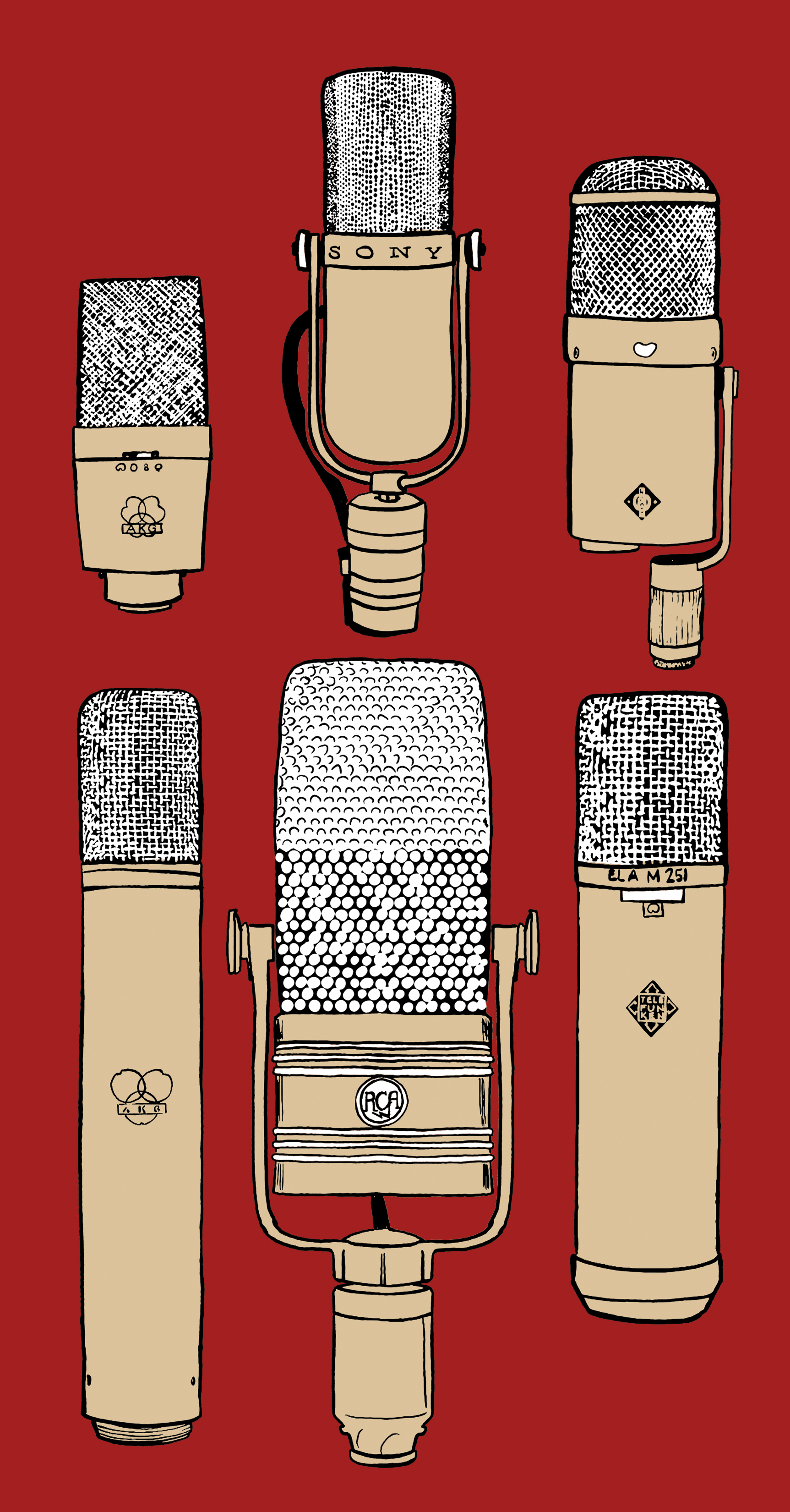There are pieces of studio gear that are essential and there are color or flavor machines that enhance, adding personality to your recordings or mixes. There are very few that are both, but the Crane Song HEDD (harmonically enhanced digital device) is one such box – once used, you'll have a hard time going back. There are many ways these days to get back and forth between the analog and digital realms. Some are pure utility, offering a pristine uncolored path from A to D, while others add some flavor of harmonic distortion via transformers or otherwise. Typically, you'd want as pure a signal path as possible on the D to A side, so you can assess the choices you have made on the A to D path. But what if you could have both options and adjust to taste?
Let me back up. The HEDD Quantum is the latest version of the HEDD [Tape Op #26], a converter that has enjoyed many years as a favorite of mix and mastering engineers. It employs Dave Hill's latest and greatest "Quantum" sub-picosecond clocking, first seen in the Avocet IIA DAC [#103]. This clocking is applied to both the A/D and D/A conversion on the HEDD Quantum. Other updates from the HEDD 192 include optical I/O and TOSLINK. But wait, there's more! Crane Song has also added six new word clock outputs for using HEDD Quantum as a master clock, and also keeps the same DSP modes for Triode and Pentode tube emulation, as well as a Tape mode – more on these later.
Operational modes allow the D/A and the A/D to be used at the same time, at different sample rates. In the DIG setting the unit will run digital in from one of three sources and output on all three digital outputs and the analog output at the same time. In the ANA mode the input is analog and it outputs on all three digital outputs and the analog output at the same time. Dither, which is analog generated, is selectable for 16 or 20-bit. Clock sample rate can be set from 44.1 kHz to 192 kHz – or set to accept an external word clock input. The metering is easy to read and great for visualizing peaks and channel balances, while also offering a selectable peak hold function that shows the peak until cleared. In normal operation, peaks get a two second hold.
As technically bleeding edge as everything Crane Song makes is, at the end of the day this gear is always super musical and has vibe. Mad scientist, wizard, and soft spoken/thoughtful mid-westerner are the words I would use to describe Dave Hill. You too can be perceived as a wizard and miracle worker with the aid of the gear he makes.
I was already one mix in on a record when the HEDD Quantum arrived. I immediately unpackaged the unit and got it integrated into my system. I was using my Crane Song Spider for A/D conversion duties on this project and expected some difference due to its older converter and clock technology. Expecting and being ready are two different things. Straight away the sound field seemed a little more in focus and perhaps mildly more detailed. Transient responses seemed a little faster. Over the course of the day and subsequent weeks of mixing, I noticed less fatigue in the late afternoon and found I was doing more work each day while working faster. Overall, it was an upgrade from the Spider (which I love the sound of), and if that was all the HEDD Quantum did for me, I think I would be a satisfied customer. But what really sold me on the unit was the DSP. The Triode tube, Pentode tube, and Tape emulations are simply awesome.
Triode mode delivers second order harmonics that support and enhance the bottom of a mix without the use of EQ. A touch of this process gave a nice bloom to the low end without a big mush out or muddiness. My favorite mode, however, is the Pentode process – an emulation of third order harmonics. As you increase this control, more detail and excitement gets applied to the mix. In the same way the Triode blooms the bottom, the Pentode inflates and excites the mid and upper mid frequencies of the audio in a very musical way. Tape is an effective way to warm the top, tame harshness if present, and saturate. The controls are interactive, so combinations of tone shaping are seemingly endless. It is easy to lean on, or get addicted, to these process controls, and I had to force myself to apply them after I had a mix sounding close to complete. When used this way I used a little less, but to great effect.
As great as my Crane Song Spider sounds it would be a little bit of a let down to go back to it after using this latest and greatest unit from Dave Hill and the folks at Crane Song. I hear a new converter will be available in the future for the Spider if you are a current owner and want to go that route.
The HEDD Quantum is not cheap, but buy it once and be satisfied forever. It is a no compromise product just like everything else Crane Song makes. I love being able to reach the people that make my gear on the phone or have them respond to emails quickly to resolve issues. I was a Crane Song owner for years before my role at Tape Op, and the level of service was the same as it is today: A+. While at AES this year, I told both Dave Hill and Tim Dorsey from Crane Song that I swore out loud to myself after a brief period with the HEDD Quantum; "Fuck... this thing is not leaving the studio."




_disp_horizontal_bw.jpg)